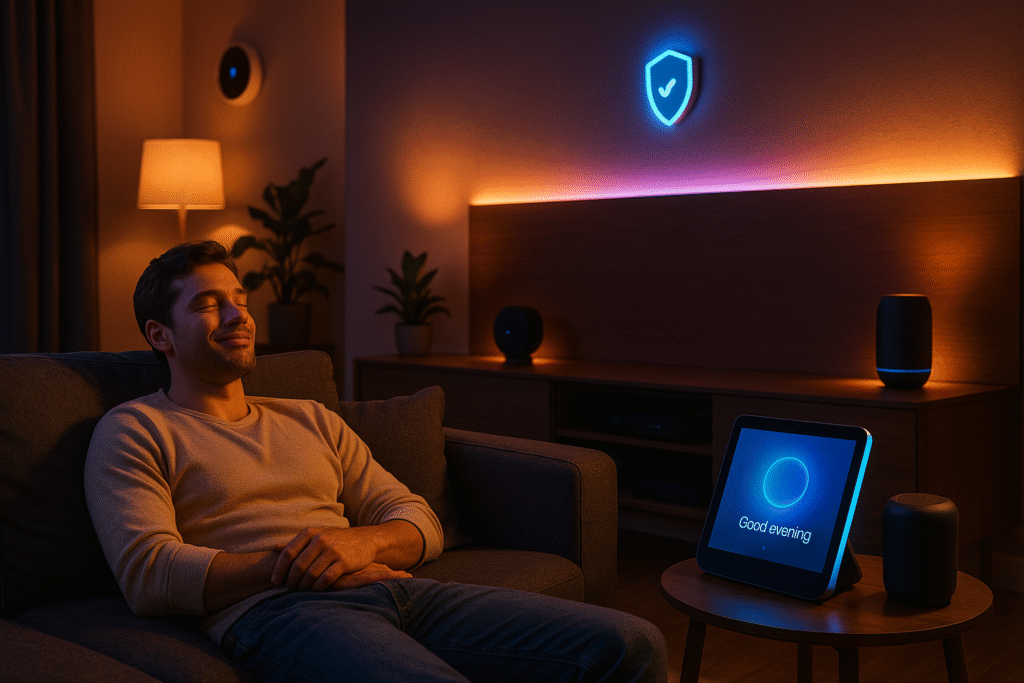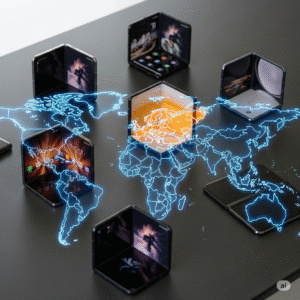In 2025, your home does more than adjust the thermostat—it learns your moods, detects your habits, and reacts to your presence (or absence). Powered by AI and emotion-recognition technology, the newest generation of smart home systems promises a living environment that responds like a personal assistant—and sometimes even like a friend.
What’s New in Smart Home AI?
Today’s systems go far beyond simple voice commands or motion detection. They use neural networks and real-time sensor fusion to interpret everything from your facial expressions to your gait.
Top features of 2025 smart homes include:
- Emotion recognition: Cameras and microphones analyze tone, posture, and facial features to determine mood
- Predictive automation: AI learns routines to anticipate needs—like brewing coffee or running a bath
- Personalized ambiance: Dynamic lighting and audio that adapt to energy levels and time of day
- Integrated health tracking: Sleep monitors and posture sensors feed into your wellness dashboard
Real-World Example: The Mood House Project
In Tokyo, a pilot program called The Mood House uses NVIDIA Jetson processors and Google’s TensorFlow to analyze biometric and behavioral inputs from residents.
When a user shows signs of fatigue, the home dims lights, lowers noise, and initiates a wind-down routine. If anxiety is detected—through voice stress and facial tension—calming music and aromatherapy are automatically triggered.
“We’re turning houses into active participants in human wellbeing,” said project lead Hiroshi Nakamura.
Smarter, Safer Living
AI-enhanced home security has also taken a leap forward. 2025 systems can now:
- Recognize authorized individuals using gait and voice biometrics
- Detect suspicious behavior (e.g. someone loitering near a window)
- Integrate with police databases for real-time alerts in high-crime zones
- Send emergency signals via satellite if broadband fails
Companies like Ring, Nest, and Xiaomi have begun deploying these systems in flagship smart neighborhoods.
Energy Efficiency Like Never Before
AI doesn’t just make homes smarter—it makes them greener. Algorithms optimize HVAC systems, adjust blinds based on solar heat gain, and suggest peak times for laundry to reduce electricity bills.
Solar-powered homes now feed data directly into smart meters, letting AI learn how to store and dispatch energy efficiently based on utility rates and weather predictions.
Privacy and Ethical Questions
Not everyone is comfortable with a home that knows your mood—or stores your data in the cloud. Experts recommend choosing systems with local data processing, encrypted storage, and customizable privacy permissions.
Companies like Apple and IKEA offer offline-first smart home hubs for privacy-conscious users, while regulations in the EU and Canada require full transparency for all AI-enabled monitoring devices.




